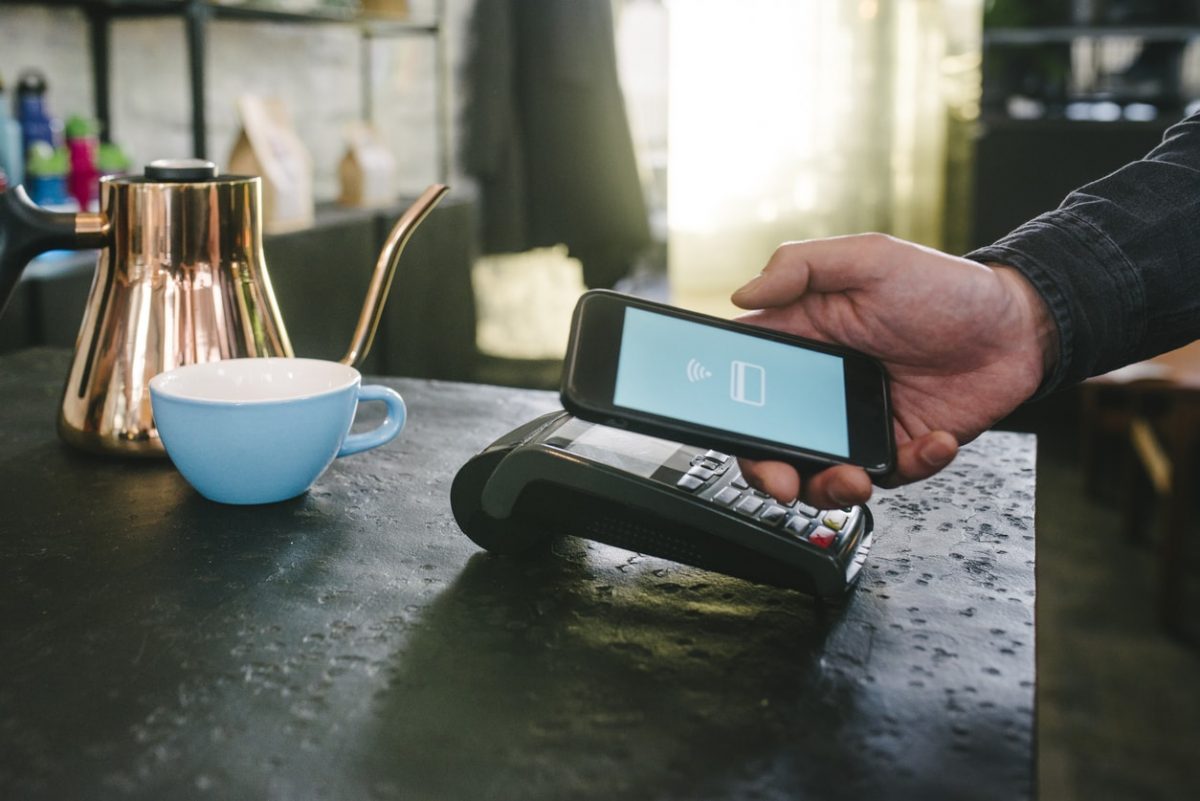
Digital payment options have become increasingly prevalent in today’s retail world. When online payment became a strong competitor of cash and check in the previous decade it laid the groundwork for today’s digital and mobile payments, such as app payments, Square, and Venmo. But with this growing trend, one that’s highlighted by its convenience, comes a simultaneous rise in cybercrime.
And now it’s not just consumers who are feeling the pain of digital payment fraud. Banks are starting to see the financial pain with more than $1 trillion annually being pilfered from fraudsters. This startling fact has put more emphasis on bank cyber insurance and education around protecting banks against sophisticated crime.
Mobile Threats
Financial services companies are starting to see heightened risks when it comes to digital payments, especially with mobile payments. While mobile is a faster way to make a transaction happen, attacks on mobile channels have skyrocketed in recent years. As more banks rely heavily on mobile devices for their consumers’ habits and as a second factor of authentication, fraudulent actors have changed their focus to the cell phone providers that control those channels.
More than half of global financial service transactions are now originating from a mobile device, showing that mobile is increasingly driving engagement throughout the customer experience. And in areas where financial services have been a financial desert, such as remote parts of the world or emerging markets, large numbers of customers who have never banked before are quickly become new managers of their financial lives mainly through mobile devices. But while this is great for business, it does pose a risk to not only the consumer but the bank itself.
Securing Against Digital Payment Threats
Banks are becoming all too familiar with digital scams that are draining not only their own resources but those of their customers. In Mexico, a major financial institution was hacked and nearly $20 million was siphoned out through a series of small digital attacks.
With this sobering fact and others like it in mind, IT teams at banking institutions have stepped up protection of customer data and limited credit card fraud. This may be a step in the right direction, but the security of most banks’ internal systems still need more security. This can be achieved through a number of ways.
First, banks should adopt the idea that their network has already been attacked. This will help the IT team to prioritize the most business-critical components of the network and use segmentation as a strategy. Network segmentation limits the opportunity for a hacker to move across a compromised network. While this option may be tedious in that it requires continual updates, it will only allow a hacker to get so far.
Then, banks should set an enterprise-wide security policy that acts as a GPS for any IT team to contain a truly adaptive security outline. This helps the people tasked with protecting the bank’s systems understand the best option for the network to run with minimal risk.
No matter the threat, strong security measures and bank cyber insurance should be a foundation of any back moving forward. Having customer-friendly and user-experience-driven apps and services can help to make the overall banking structure better for all involved, but it can also open the door to unwanted hacks and fraudsters. Banks should continue to educate themselves as to the liabilities and risks related to digital payments and mobile apps to better understand how to alleviate issues and block future threats.
About Financial Guaranty Insurance Brokers
Since 1983, Financial Guaranty Insurance Brokers has distinguished itself as a provider of Professional Liability, Cyber Liability, and Crime insurance products for entities of all types. To receive timely, personalized service from a knowledgeable and experienced staff, call us today at (626) 793-3330 to speak with one of our professionals.


